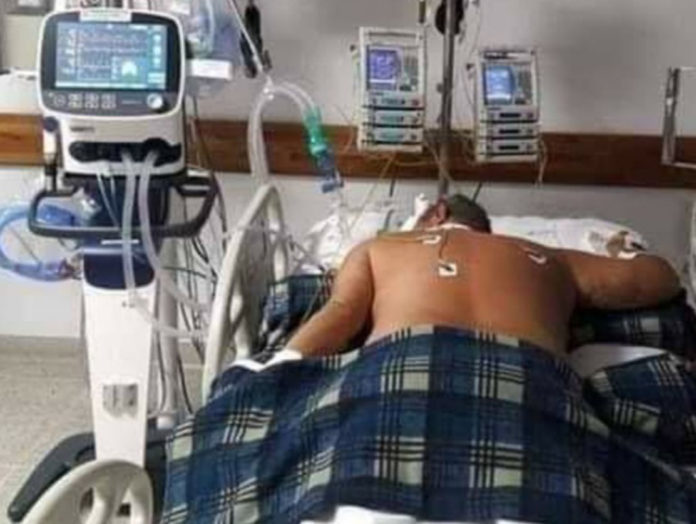- ‘Ventilation for Covid-19 is a painful incubation that goes down your throat, and stays there – until you live or you die. Done under anaesthesia, for two-three weeks without moving, often upside down, with a tube inserted from the mouth up to the trachea, allowing you to breathe to the rhythm of the lung machine’.
By Andrew Atkinson
A nurse, who works with ventilators amid the coronavirus pandemic, has revealed the shocking facts that those unfortunate enough to contract COVID-19, have to go through.
The nurse chose to reveal the distressing truth, after the easing of lockdown restrictions by governments across the globe – criticising those who do not adhere to the legislation, thus chancing the spread of the virus.
The nurse said: “For those people who do not understand what it means to be on a ventilator. It’s not an oxygen mask put over the mouth, while the patient is comfortably lying down.”
“Ventilation for Covid-19 is a painful incubation that goes down your throat, and stays there – until you live or you die. It is done under anaesthesia, for two to three weeks without moving, often upside down, with a tube inserted from the mouth up to the trachea, allowing you to breathe to the rhythm of the lung machine.”
“The patient cannot talk or eat, or do anything naturally – the machine keeps you alive. The discomfort and pain they feel from this means medical experts have to administer sedatives and painkillers, to ensure tube tolerance for as long as the machine is needed. It’s like being in an artificial coma.”
“After 20 days from this treatment, a young patient loses 40% muscle mass, and gets mouth or vocal cords trauma, as well as possible pulmonary or heart complications. It is for this reason that old or already weak people cannot withstand the treatment, and die.”
“Many of us are in this boat. So stay safe, unless you want to take the chance of ending up here. This is not the ‘flu.”
“Add a tube into your stomach, either through your nose or skin for liquid food, a sticky bag around your bottom, to collect the diarrhoea, a foley catheter to collect urine.”
“An IV for fluids and meds, an A-line to monitor your BP, that is completely dependent upon finely calculated med doses, teams of nurses, CRNA’s and MA’s, to reposition your limbs every two hours, and lying on a mat – that circulates ice cold fluid to help bring down your 104 degree temperature.
“Anyone want to try all that out? Stay home. Stay safe and well!”















